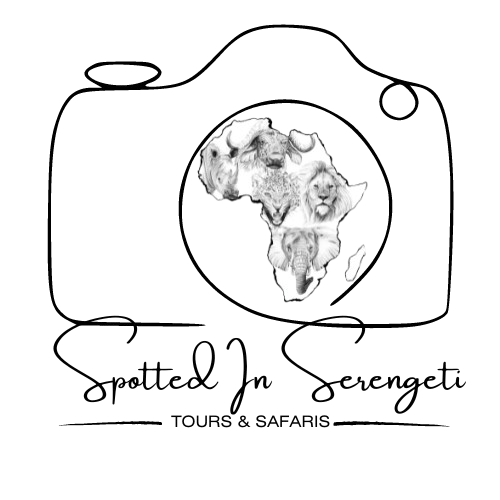Climbing Mount Kilimanjaro 6 Days Rongai Route
From $. 1,913 USD* / 24/7 service / 8 days
*Price p.p. incl. transfers, accommodation, food, drinks, guides, tents and park fees. Excl. International flight (based on six persons)
The Rongai Route is one of the most popular routes for trekking Mount Kilimanjaro, particularly favored by those seeking a less crowded and more scenic approach to the summit. It’s often recommended for trekkers who prefer a quieter, more remote experience, as the route is less trafficked compared to the other main routes like Marangu or Machame. The Rongai route begins on the northern side of Mount Kilimanjaro, near the Kenyan border, and offers unique views, with dense rainforests, alpine deserts, and the chance to see wildlife such as monkeys and birds.
The Rongai Route typically takes around 6 to 7 days to complete. The route starts from the northern side of Kilimanjaro and ascends through the lush rainforest, gradually transitioning into alpine meadows, before reaching the alpine desert and then the summit of Uhuru Peak. The terrain on this route is varied, and it’s famous for being one of the least crowded, offering a quieter, more personal Kilimanjaro experience.
Key features of the Rongai Route:
- Duration: 6-7 days
- Distance: Approximately 73 km (45 miles)
- Starting Point: Nalemoru Gate (northern side)
- Ending Point: Uhuru Peak (5,895 meters / 19,341 feet)
- Difficulty: Moderate, but with challenges due to altitude and weather
- Best Time to Go: June to October, December to March
- Scenic Highlights: Rainforest, heather and moorland, alpine desert, and glaciers at the summit
- Wildlife: Elephants, monkeys, buffaloes, and a variety of bird species (particularly on the lower slopes)
Day 1: Arrival At Kilimanjaro International Airport
After clearing customs and immigration, you will be greeted by your safari guide. Transfer to your accommodation in Arusha to check in and freshen up. We have suggested bellow a comfortable accommodations based on your budget from 3 stars, 4stars or 5stars.
If you arrive in morning time, you will have rest at your hotel and after lunch, take a compliment short tour of Arusha town. Visit the local market for an authentic experience, and if time permits, visit the Arusha Declaration Museum to learn about Tanzania’s history. Experience the local culture by interacting with the friendly locals.
Evening enjoy a welcome dinner at your accommodation or local restaurant to try local dishes like NyamaChoma(grilled meat) or/and Ugali(cornmeal).
Accommodations:
- 3 Stars: Planet Lodge Arusha
- 4 Stars: Arusha Hotel By Sheraton
- 5 Stars: Melia Arusha


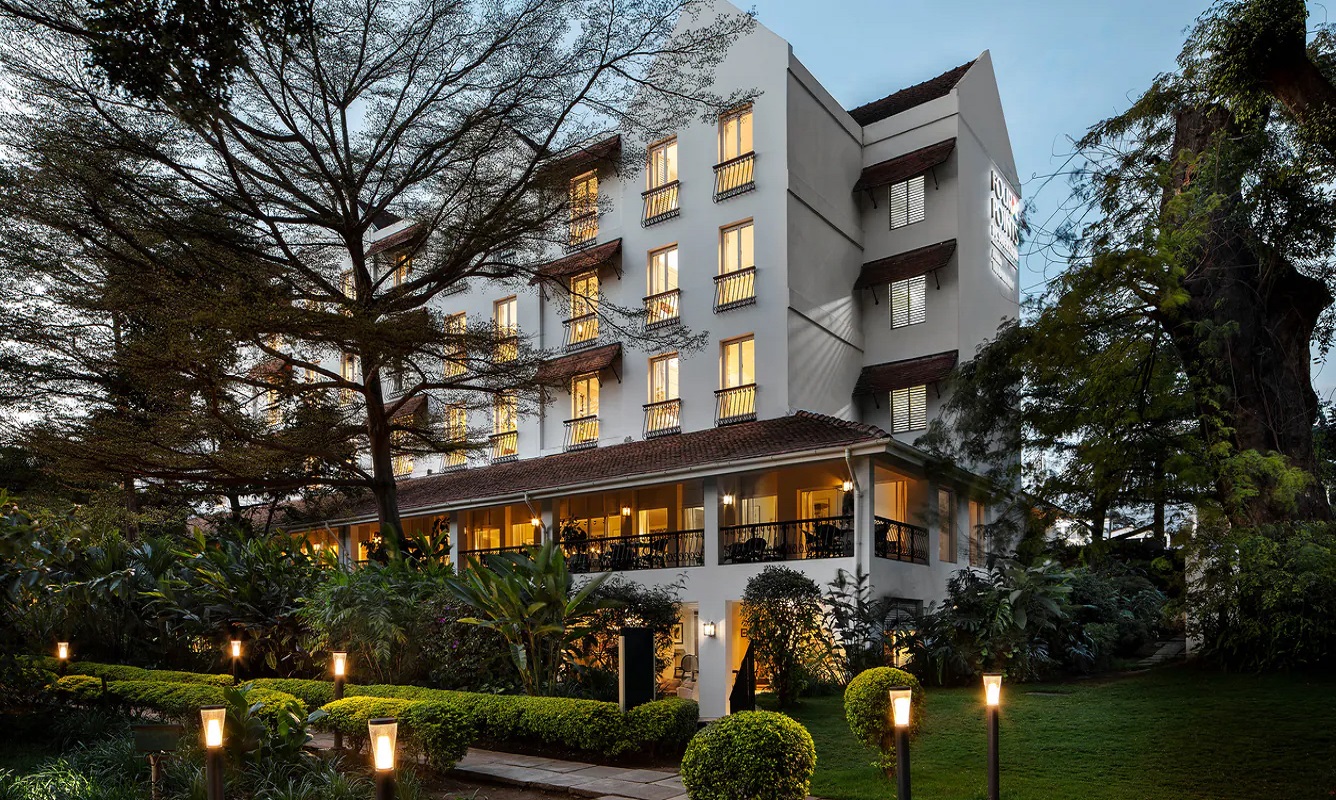

Day 2: Rongai Gate (1,950 m/6,398 ft) – First Cave Camp (2,650 m/8,694 ft)
Your adventure begins when your guide picks you up at your hotel and drives you for about two hours to the Rongai Gate. You then start this exciting adventure ascending through beautiful lush forests filled with diverse animal sounds. After a lunch break, you continue until the first camp on the Rongai route, which is on the less forested north side of the mountain. This quieter route gives you plenty of chances to spot different kinds of wildlife.

Day 3: First Cave Camp (2,650 m/8,694 ft) – Kikelewa Camp (3,660 m/12,007 ft)
Today’s hike takes 5-6 hours, starting with a steep climb where you might begin to feel the altitude as you catch your first glimpse of Kilimanjaro’s Mawenzi Peak. After a while, you arrive at the first cave, where you have some time to explore. Lunch is taken in the second cave. In the afternoon, the climb gets less steep and you finish the hike towards the camp in a sheltered valley near Kikelewa or the third cave.
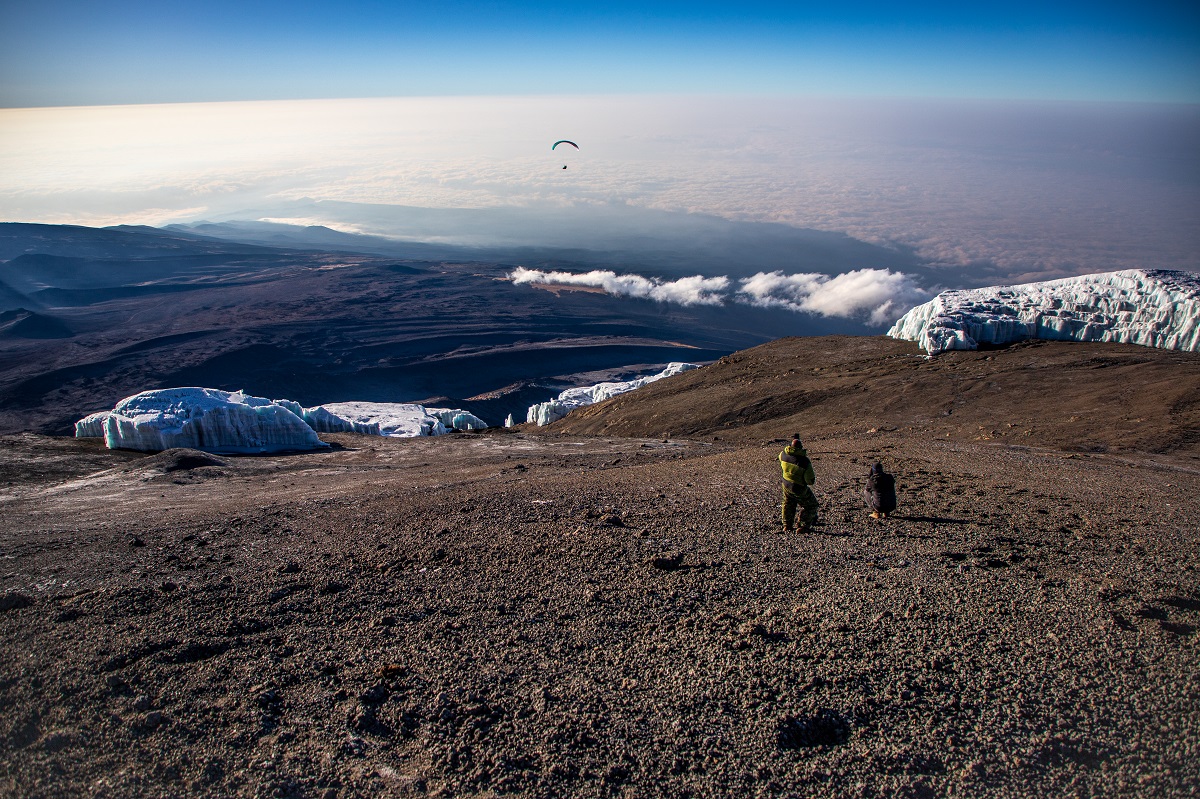
Day 4: Kikelewa Cave to Mawenzi Tarn
- Elevation: 11,811 ft to 14,160 ft
- Distance: 5 km/3 miles
- Hiking Time: 3-4 hours
- Habitat: Alpine Desert
The hike today is short and steep up a grassy slope. Views of the wilderness area are stunning. As we exit the heath zone and emerge into the Alpine Desert zone, the landscape changes dramatically. Our camp is situated beneath the jagged spires of Mawenzi, at Mawenzi Tarn. The remainder of the day can be spent relaxing or exploring the area.
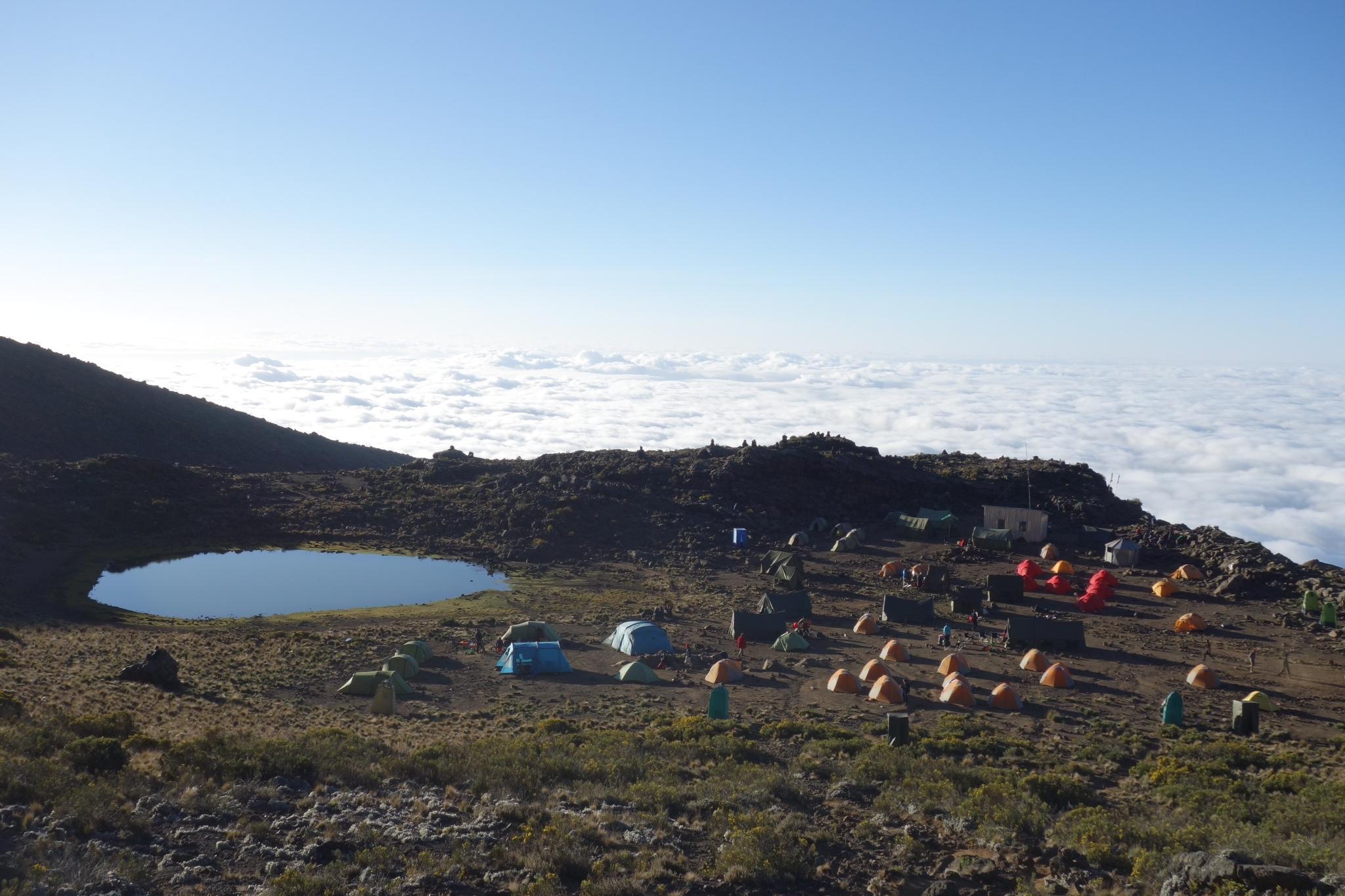
Day 5: Mawenzi Tarn to Kibo Hut
- Elevation (ft): 14,160 ft to 15,430 ft
- Distance: 8 km/5 miles
- Hiking Time: 5-6 hours
- Habitat: Alpine Desert
We climb gradually, then cross the lunar desert of the “Saddle” between Mawenzi and Kibo. Our camp, Kibo Hut, sits at the bottom of the Kibo crater wall. Once here we rest, enjoy an early dinner to prepare for the summit day.
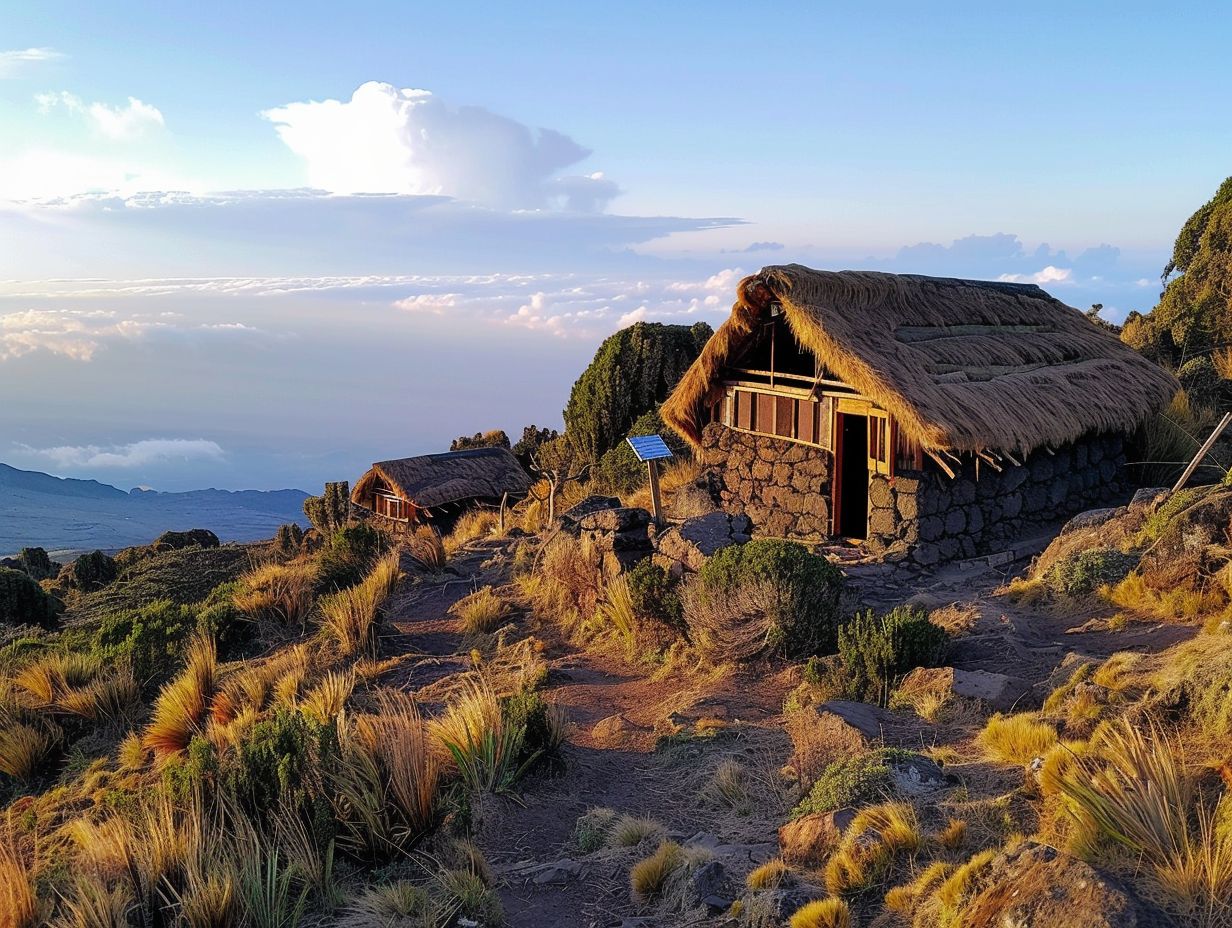
Day 6: Kibo Hut to Uhuru Peak
- Elevation (ft): 15,430 ft to 19,341 ft
- Distance: 6 km/4 miles
- Hiking Time: 6-8 hours
- Habitat: Arctic
Very early in the morning (around midnight), we begin our push to the summit. This is the most mentally and physically challenging portion of the trek. The wind and cold at this elevation and time of day can be extreme. We ascend in the darkness for several hours while taking frequent, but short, breaks. At Gilman’s point (18,600 ft), you will be rewarded with the most magnificent sunrise you are ever likely to see coming over Mawenzi Peak. Finally, we arrive at Uhuru Peak- the highest point on Mount Kilimanjaro and the continent of Africa.
Uhuru Peak to Horombo Hut
- Elevation (ft): 19,341 ft to 12,250 ft
- Distance: 16 km/10 miles
- Hiking Time: 4-5 hours
- Habitat: Heath
After spending a few moments taking in the plains of Africa and your accomplishment, we descend to Horombo Hut. Later in the evening, we enjoy our last dinner on the mountain and a well-earned sleep.
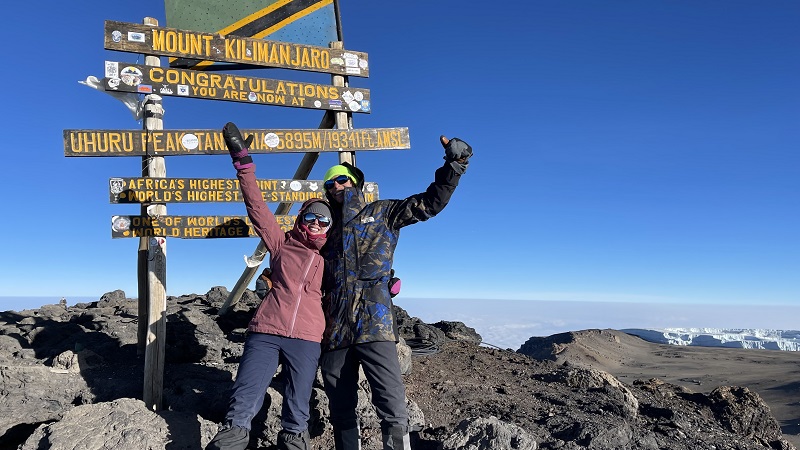
Day 7: Horombo Hut to Marangu Gate
- Elevation (ft): 12,205 ft to 6,046 ft
- Distance: 20 km/12 miles
- Hiking Time: 5-7 hours
- Habitat: Rain Forest
On our last day, we continue the descent to Mweka Gate and collect the summit certificates. At lower elevations, it can be wet and muddy. From the gate, we continue another hour to Mweka Village. A vehicle will meet us at Mweka Village to drive us to the accommodation.
Accommodation
- 3 Stars: Planet Lodge Arusha
- 4 Stars: Arusha Hotel By Sheraton
- 5 Stars: Melia Arusha
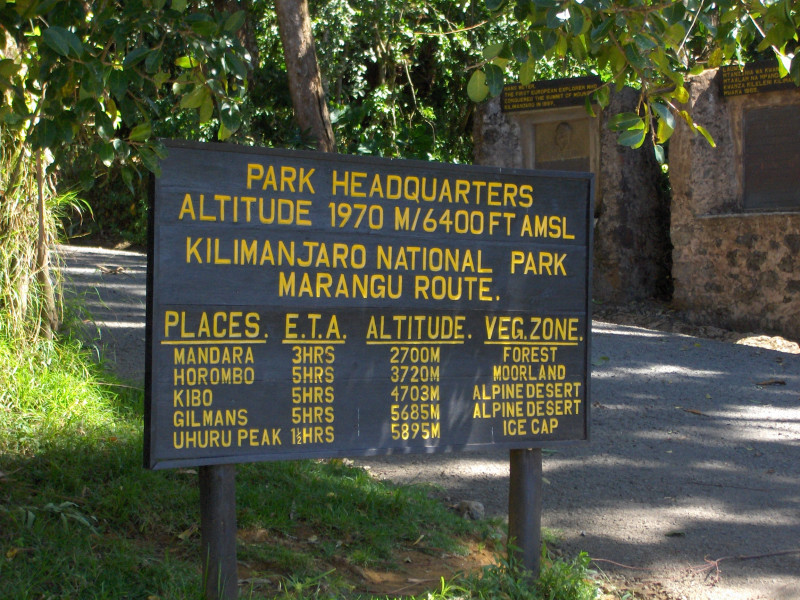



Day 8: Departure:
Late morning breakfast, them you will have city tour and have some time for last-minute souvenir shopping in local craft shops.
Departure: Depending on your flight schedule, transfer to Kilimanjaro International Airport for your departure or proceed with safari tour or flight to Zanzibar.
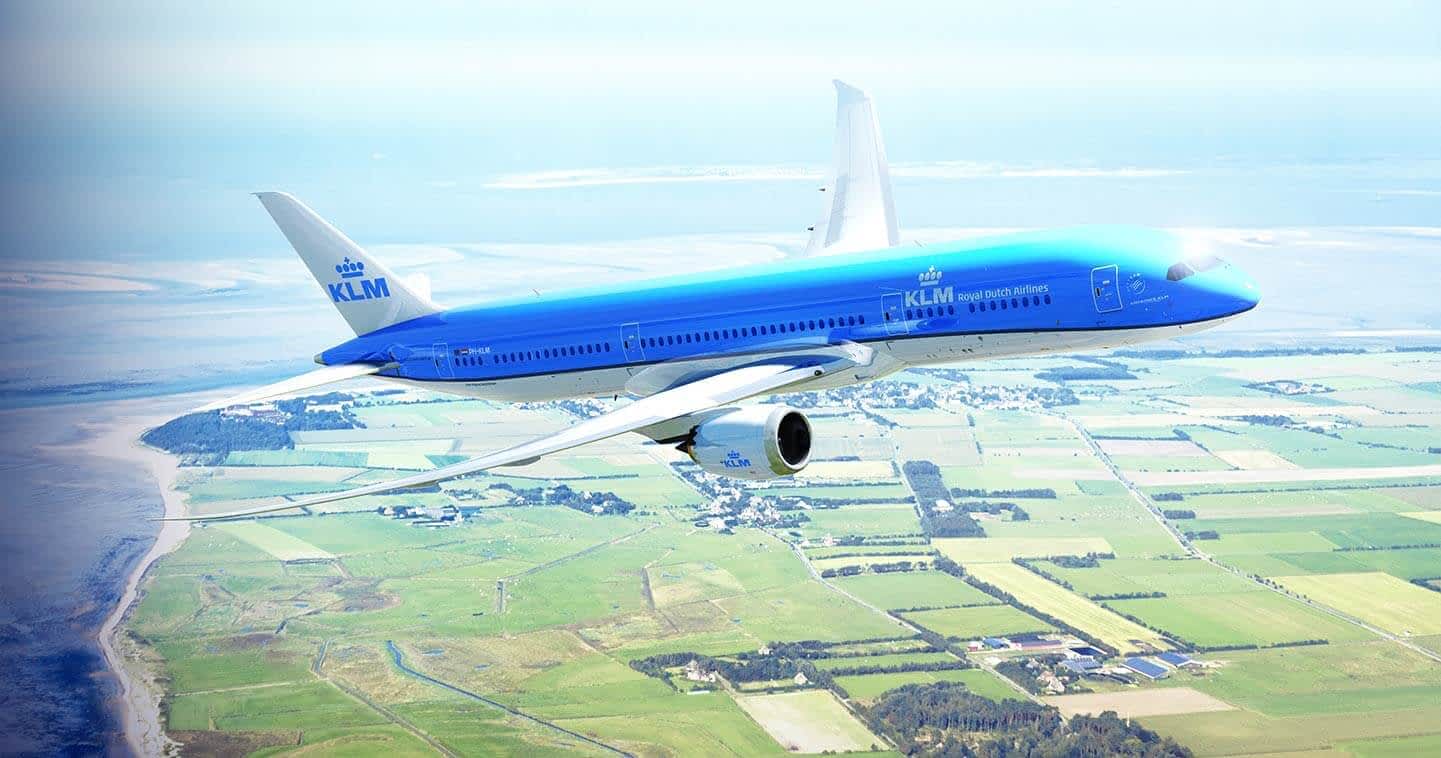
| What Included on the Package | What Excluded on the Package |
|
|
Kilimanjaro Mountain Packing List
Communal equipment (tents, food, utensils, etc.) is provided. You are responsible for bringing the required, recommended and optional personal gear and equipment listed below. The most common mistake that climbers make is that they over pack. Be selective in what you take with you. Our porters are limited to carrying 33 lbs. (15 kgs) of your personal belongings.
Clothing:
- 4-5 Pairs of underwear
- Top and bottom base layer – Icebreaker (Women) or SmartWool (Men)
- 3-4 Short sleeve and 1-2 long sleeve trekking shirts
- 1-2 Pairs of hiking trousers
- 1 Fleece jacket – Helly Hansen (Men) or The North Face (Women)
- 1 Insulated winter jacket – Arc’Teryx Atom (Men) or North Face Nuptse (Women)
- 1 Insulated trekking trousers
- 1 Hardshell jacket – North Face Resolve Resolve (Men) and North Face Venture 2 (Women)
- Lightweight raingear
Headgear:
- Sun hat, ideally with a neck cover
- Warm beanie or fleece headband
- Bandana or neck gaiter
- Headlamp – PETZL Tikka
- Sunglasses
Hands and Walking:
- Lightweight inner gloves – New Balance Lightweight Gloves
- Warm outer gloves/mitts – Gore-Tex Gloves (Men) or Black Diamond Mercury Mitts (Women)
- Adjustable trekking poles – Black Diamond Alpine
Footwear:
- Mid-weight hiking boots – Salomon Quest (Women) or KEEN Targhee (Men)
- Camp trainers (Men) / Trekking sandals (Women)
- 4-5 Pairs of trekking socks – SmartWool or Bridgedale
- 1 Pair of warm/thick trekking socks
- Bags and Daypack (click for details)
- 80-90L Waterproof duffle bag – North Face Base Camp
- 20-30L Daypack – Osprey Talon 22
- Daypack raincover
- Travel bag organisers (optional)
Sleeping Accessories:
- 4-Season sleeping bag – Marmot Trestles or Hyke & Byke Unisex
- Insulated sleeping mat
- Inflatable pillow (optional)
General Accessories:
- Large volume water bottle or hydration bladder – Platypus Hydration Bladder for backpack
- Water Purification Tablets
- Baby wipes
- Sweat-resistant suncream
- Blister plasters
- Insect repellant
- General medications (Paracetamol, Imodium)
- Pee bottle (optional)
Technology:
- Camera
- GoPro (optional)
- Solar Backpack Charger (optional)
- Spare batteries and camera memory card
- Kindle with backlight (optional)
Other Bits and Bobs
- Energy bars
- Energy drink supplement
- Ziplock bags for important possessions (passport, money, phone, etc.)
- Trekking towel
- Toiletries, including one roll of toilet paper
- Passport, visa, insurance, yellow fever card (if applicable)
- Small lock for your duffle bag.
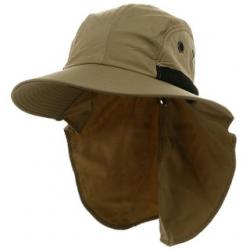

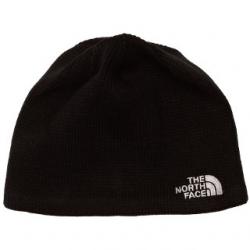

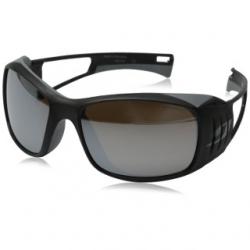
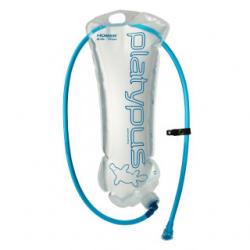
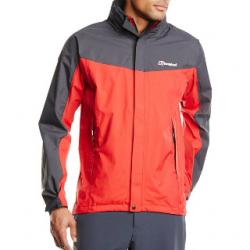
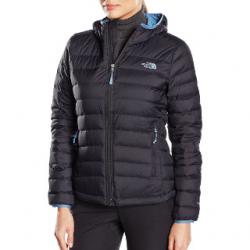
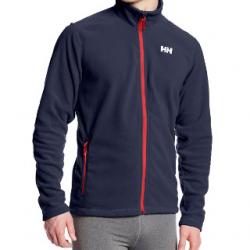
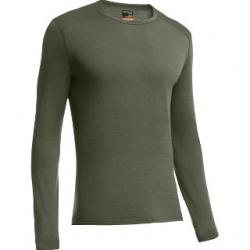
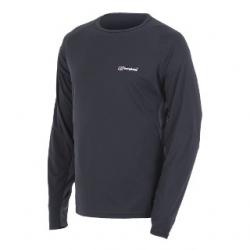
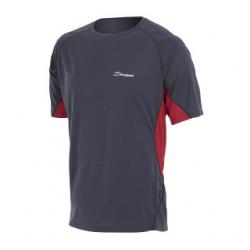
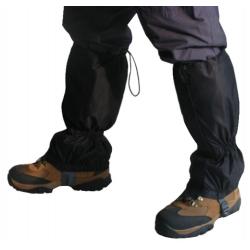
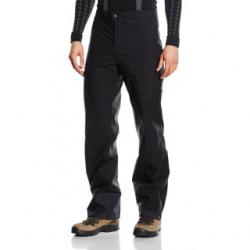
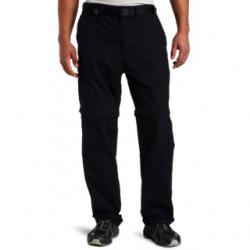

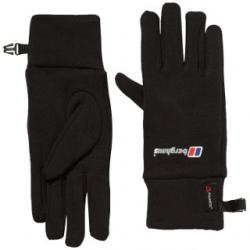
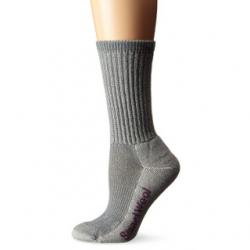
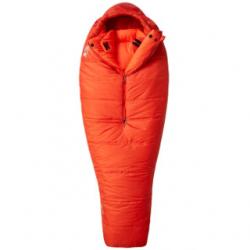
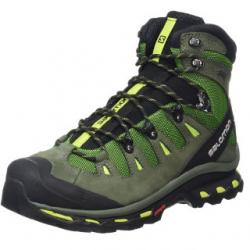
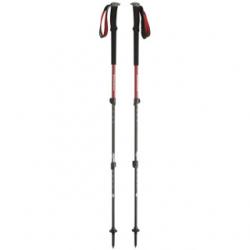
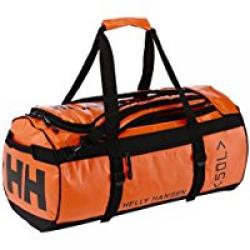
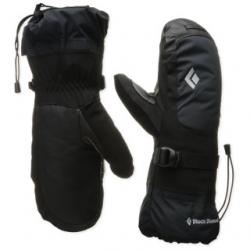
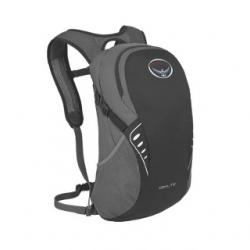
Important Information’s to know:
- Children under 10 years are not allowed to Summit Kilimanjaro.
- The duration of transfers/walking are approximate, the exact duration will depend on the time of day and traffic conditions and customers fitness.
- A Yellow fever vaccination is mandatory when enters Tanzania.
- Visas are available on arrival. All visa requirements are the sole responsibility of the traveler.
Preparation for the Climb
Physical Preparation
Getting in shape for the Kilimanjaro climb is crucial. Engage in a well-rounded fitness program, focusing on cardiovascular endurance, strength training, and hiking practice. Aim for at least three to six months of preparation:
- Cardio Training: Engage in activities such as running, cycling, swimming, or brisk walking. Gradually increase your duration and intensity.
- Strength Training: Focus on building strength in your legs, back, and core to ease the physical demands of the trek. Squats, lunges, and leg presses are beneficial.
- Hiking Practice: Go on regular hikes, both on flat and inclined terrains, to prepare your body for the conditions you will encounter on Kilimanjaro.
Mental Preparation
Climbing Kilimanjaro can be as much a mental challenge as it is a physical one. Preparing mentally involves:
- Researching the Climb: Understand the route, what to expect in terms of altitude sickness, and the physical demands.
- Setting Realistic Goals: Know your limits and be prepared for the possibility of needing to descend if necessary.
- Practicing Mindfulness: Engage in activities that promote mental resilience, such as meditation or yoga, to prepare for the mental aspect of high-altitude trekking.
Our Customers Speak For Us!
Spotted in Serengeti Safaris has been helping travelers from around the world to make their travel Matter as they journey with a sense of purpose, knowing their travel will help have a positive impact on the planet, people, and wildlife.
We are honored to have been awarded multiple Travelers’ Choice Awards for being among the best tour operators in Tanzania. These accolades demonstrate our commitment to delivering outstanding experiences for our guests and we are proud to be acknowledged as a leading tour company in the region. We look forward to taking you on one of our award-winning adventures.
EXCELLENTTrustindex verifies that the original source of the review is Google. Vam confiar amb Piks on Safari per al nostre primer viatge a Tanzania i ha estat una experiència increïble. El viatge ha estat planificat de forma professional però donant-nos la llibertat que demanàvem per fer coses pel nostre compte. Tant Pili com el seu equip han estat atents en tot moment i ens han aconsellat i fet veure una forma de viatjar pel país que va molt més enllà de fer turisme, fent-nos una inmersió que no havia trobat en cap altre viatge. Una menció especial a Ezequiel, que va compartir 5 dies amb nosaltres i va ser molt més que un guia excepcional.Trustindex verifies that the original source of the review is Google. Vam fer un viatge a Tanzània i Zanzibar un grup de 6 persones. Només puc dir que ha sigut increïble, espectacular i al·lucinant. Teníem les expectatives molt altes, però la realitat és molt més. Pili ha estat sempre pendent de nosaltres, responent totes les preguntes que ens anaven sortint al llarg del viatge. Revo i Ezequiel han sigut molt importants en esta experiència; dos guies difícils de superar. El tracte i l'atenció que hem rebut per part de tots 3 ha sigut immillorable. Teníem diverses persones amb al·lèrgies i intoleràncies alimentaries, però això no ha suposat cap problema en cap dels allotjaments. Tothom estava molt atent a les nostres demandes. Recomano Piks on Safari a tothom que vulgui conèixer Tanzània i Zanzibar. Espero poder tornar prompte i segur que serà de la mà de Pili. Ha sigut un viatge que ens ha marcat la vida. Moltes gràcies per tot.Trustindex verifies that the original source of the review is Google. La setmana passada vam tornar de Tanzania, i només puc dir que este viatge es quedarà per a sempre al nostre cor. Gràcies, Pili, per posar-nos les coses tan fàcils, per organitzar-nos el viatge adaptat a les nostres necessitats/preferències i per obrir-nos les portes d'este increïble país 🇹🇿 Repetiríem el viatge cada any! I més, al teu costat i al del teu equip. Gràcies també a Revo y Ezequiel, els nostres guies: persones humils i super atentes, pendents de natros en tot moment. En definitiva, un viatge 100% recomanable al costat de Piks On Safari! ❤️Trustindex verifies that the original source of the review is Google. Hace un año contactamos con Piks no safari para organizar nuestro viaje. Era nuestra primera vez en África. Queríamos un viaje especial, sabíamos que queríamos hacer un safari y sabíamos lo que no queríamos. Pili nos atendió y entendió de maravilla, nos organizó el viaje que habíamos soñado. Pero no solo lo planificó todo en la distancia sino que estuvo pendiente de nosotros y de nuestro viaje en todo momento, sabíamos que podíamos contar con ella para cualquier cosa. Asi pues, un año después, estamos súper contentos de haberla elegido, sin duda, repetiríamos a ciegas. También agradecer a nuestro guía Ezequiel, fantásticoTrustindex verifies that the original source of the review is Google. Acabem de tornar de Tanzania/Zanzibar, encara estem bocabadats, recuperant l'alè i sí, segurament és deu a la bellesa dels llocs vistos, a l'amabilitat infinita de les seves gents, als menjars, les olors especiades, a la terra roja, al mar increïble, però no és menys cert que, l'organització del viatge per part de Piks On Safari, capitanejada per Pilar, una dona d'Ulldecona, resident a Moshi, que coneix el millor dels dos mons, ha estat clau. T'assessora molt abans de ser-hi, un cop allí, sempre ha estat pendent de nosaltres, sense fer-se notar però molt pendent. Ella ens ha facilitat conèixer allotjaments en gent molt especial, llocs increïbles on anar, guies locals genials..... Salutacions "Piks" i gràcies x tot. De part dels nous "safari lovers"Trustindex verifies that the original source of the review is Google. El passat mes de juny vam viatjar a Tanzania. Coneixer la Pili i que ens preparés el viatje a mida va ser tot un encert. Els allotjaments van ser molt confortables tot i la diferència de categoria entre uns i altres. El fet de poder col·laborar en alguns projectes socials encara va fer més espècial el viatge. Tot va estar molt ben organitzat . Poder preguntar a algú de confiança que et resolgui dubtes , et recomani llocs per anar a sopar i altres ens va fer sentir molt tranquils. Menció especial per a en Revo el nostre guia a Moshi. El seu entusiasme i el seu caracter van fer que estiguéssim com a casa. Un viatge de dos setmanes que no oblidarem i que recomanarem sens dubte amb la Pili i el seu equip de Piks on Safari!!!Trustindex verifies that the original source of the review is Google. Nuestra luna de miel no ha podido ser mejor gracias a Picks on Safari, 17 días por Tanzania y Zanzíbar. El trabajo de Pilar ha sido increíble, cualquier problema o duda ha sido solucionado por ella al momento, ya que está pendiente de que el viaje sea perfecto y así ha sido. La gente que trabaja con ella hace por que te diviertas y disfrutes de la cultura y de los parques, desde la experiencia en la que preparamos comida con una mamá, la travesía hasta las cataratas de Materuni hasta los impresionantes parques con los animales que fueron alucinantes. Y qué decir de la gente local, todo el mundo fue simpático y agradable a rabiar. En el safari estuvimos con Jonh, nuestro guía, que hizo todo lo posible por que viésemos a todos los animales y lo consiguió, con un gran conocimiento de los animales nos sentimos muy seguros con él. Esperamos volver a este maravilloso País y si lo hacemos sin duda volveremos a contactar con esta gran empresa. Mil gracias a Pilar y a todo su equipo por este maravilloso viaje, nos llevamos Tanzania y Zanzíbar en nuestro corazón.Trustindex verifies that the original source of the review is Google. Viaje inolvidable!!! Súper buena organización y espectaculares alojamientos. Gracias a Pilar nos fue posible una leve inmersión en la cultura local tanto de la gente de Moshi como la de los pueblos de la zona, con unos guías fantásticos. Además, en el alojamiento de Moshi (Barazani Garden Villa ) nos hicieron sentir como en casa, con la mejor comida local que hemos probado en nuestro viaje. Por otro lado, el safari fue espectacular. Un guía estupendo. El coche tiene todo lo necesario y no tuvimos ningún problema. Sin duda, volveríamos a realizar el viaje con Piks.Trustindex verifies that the original source of the review is Google. Encontrar a la familia de Piks para hacer nuestro safari ha sido la mejor casualidad nos ha podido pasar. Sin duda ha sido el viaje de nuestra vida. Desde el minuto 1 la atención de Pili ha sido maravillosa, aclarando todas nuestras dudas (que no eran pocas) en cuanto a moneda local, propinas, vestimenta, etc. Una vez que llegamos a Tanzania, tanto el chófer que nos recogió en el aeropuerto, como los alojamientos y sus trabajadores, hasta nuestro guía Ezequiel, han sido personas que nos han robado el corazón. El coche privado cuenta con todas las prestaciones necesarias y está en muy buenas concidiones. Pili adapta el viaje a las necesidades tanto económicas como personales de cada uno y organiza tu viaje de manera responsable con gente local, conociendo el país de primera mano. (Recomendación especial: DANZA MASAI) Sin duda alguna, si alguien me preguntase por Tanzania, recomendaría PIKS ON SAFARI. Gracias a toda la familia de piks por hacer este viaje UNICO ♥️Trustindex verifies that the original source of the review is Google. Un viatge inoblidable en el que la Pili i el seu equip ens han fet sentir molt a gust durant tots els dies. Hem viscut l'essència i cultura del país des de dins d'una manera molt intensa. Molt agraïts amb el Kelvin i el seu equip durant els dies de trekking pel Kilimanjaro, a l'Ezikieli que ens va acompanyar els dies de safari i la Nasra que amb ella vàrem visitar les ciutats de Moshi i Arusha. I com no, a la Pili que en cada moment es va preocupar per nosaltres. 100% recomanable!!!

